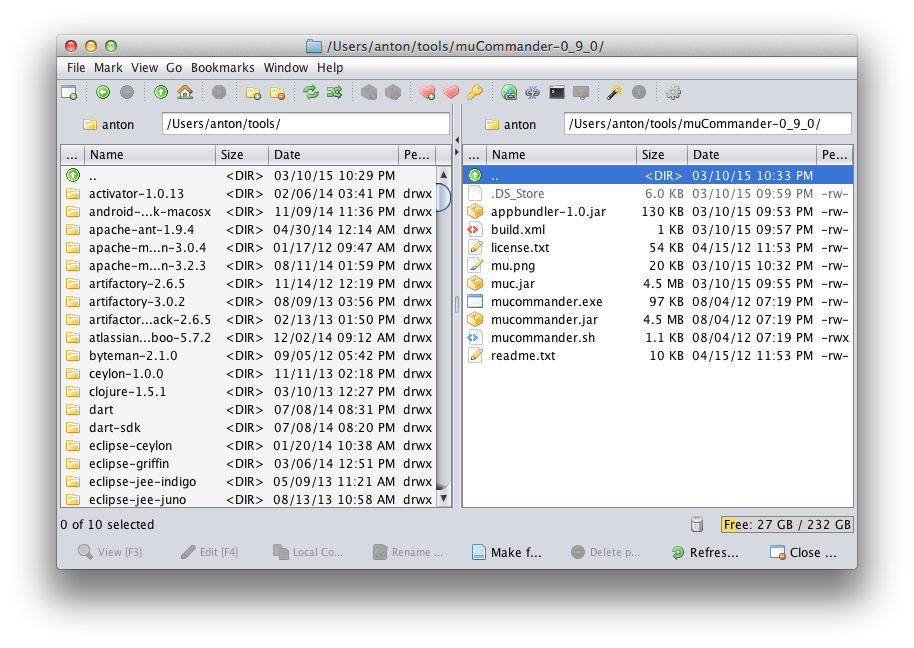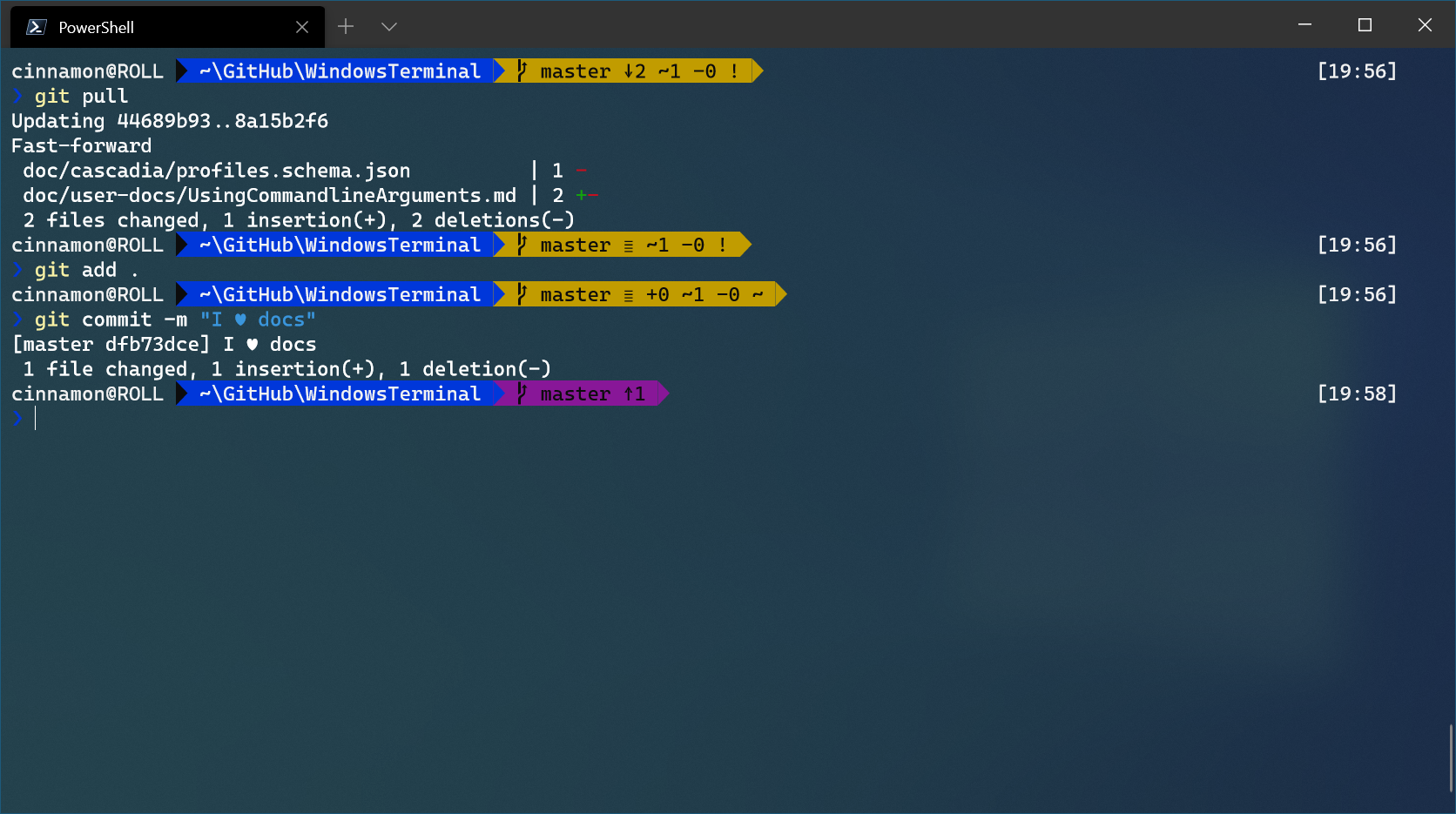
- Java command line for mac mac os#
- Java command line for mac install#
- Java command line for mac code#
Java command line for mac mac os#
Java command line for mac install#
If it is installed, you should see something like If not, install the Developers Tools CD that came with your Mac anduse Software Update to make sure you have the latest version. If Java is installed, you should see something like: Now, check that the Java compiler is accessible.

To check that you have the right version of Java installed, typethe text in boldface below.You should now have a Terminal window somewhere on the screen.It will have a command prompt that looks something like:.Drag the Terminal to your dock sinceyou will be using it frequently. You can find this under Go -> Applications -> Utilities. class files in the bin folder so we can start from “fresh”.Flash memory low level format tool for mac.
Java command line for mac code#
Let’s place the previously created src code into a package but, also let us delete the previously generated. To allow for the use of packages we will make a slight modification to how we run our code. Most times you will use packages in your Java code. We use DemoTerminal because this is where our main( public static void main) is located. class files are located in the bin folder.

class files are which were built to execute our program. In using -cp which is the classpath, we can specify where our.

Java’s classpath specifies the location of the user-defined classes (. Notice that this time around we used the -cp flag. Similar to our last execution, we will be using the java command. Our next step, as you should already know - is to run our compiled code.

Again, this allows for better structure with our source code is in one directory and our class files being another. You will notice that this is where all our class files are now added.


 0 kommentar(er)
0 kommentar(er)
